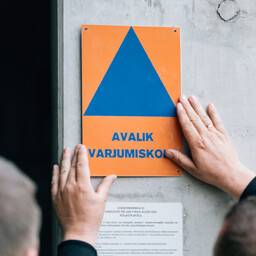In Finland, shelters are available for almost everyone. Out of 5.5 million inhabitants, 4.8 million people can go to a shelter in an emergency. Helsinki has more shelters than residents. This means that in a crisis, there is also room for tourists and foreign workers.
Finland has been building shelters for 80 years. There are over 50,000 shelters in the country. This is a large number, and their investments have been significant.
In Estonia, there are far fewer shelters. Currently, there are 270 shelters across Estonia. They can accommodate about 230,000 people, or 17% of the population. Estonia has also fallen behind Latvia and Lithuania. In these countries, there are already laws in place that require the construction of shelters in new buildings.
In Finland, old wartime shelters are also utilized. They are renovated and maintained. This is cheaper than building new ones. In Estonia, Soviet-era shelters are often in poor condition and located in unfavorable places.
The European Union provides funding to countries for the construction of shelters. Estonia will receive 200 million euros from this fund. In addition, it is possible to use state and local government support.
The importance of civil protection is increasingly understood. The interior ministers of European countries are working together to improve crisis preparedness. The cities of Tallinn, Riga, and Vilnius have started closer cooperation in civil protection.

